Buckwheat: The New Star Of Cereals
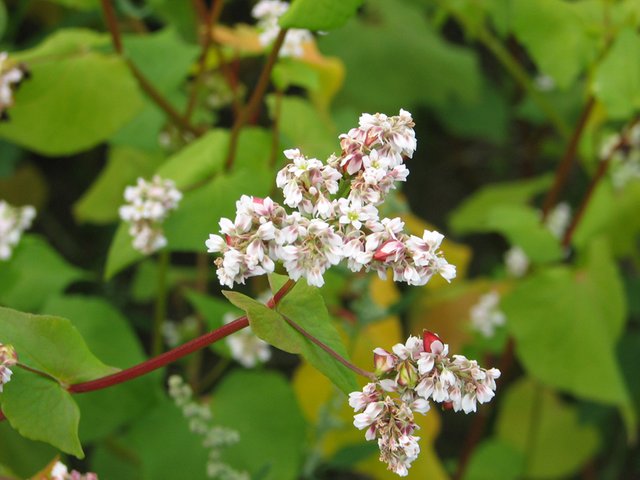
it is believed that buckwheat is not a grain, nor is it a real grain, but a seed. Where the wheat is from the Kingdom of plants, they are from plants that follow the platoon tribe, which is the binaries of Falaqa. The three varieties are known for their semi-dry, long, medium and short varieties. Cultivation of buckwheat spread in warm temperate regions of the northern hemisphere. It was known four thousand years ago and more. The first cultivation of buckwheat was in the mountainous highlands of North Korea, China and India.
Discover buckwheat: also known as buckwheat, it is a delicious little seed and full of healthy assets without gluten, it cooks in different ways ...
Buckwheat, buckwheat
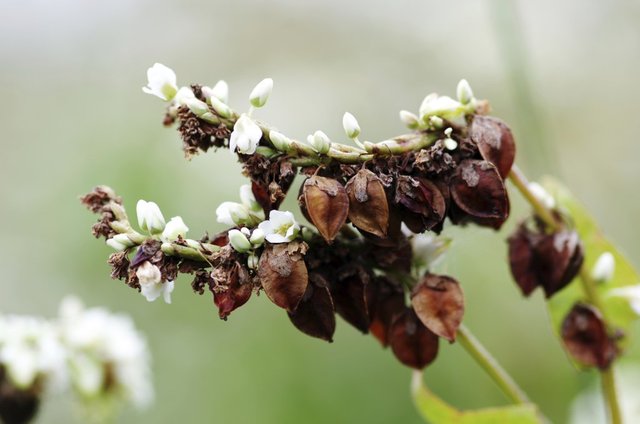
Buckwheat is an annual flowering plant of the family Polygonaceae, a plant with upright stems, 20 to 70 cm tall, with inverted heart-shaped leaves, rather soft. There are several common names for buckwheat: buckwheat, black wheat, barbarian wheat, bucail, carabin ...
The word "buckwheat", applied to this seed, derives from the term "buckwheat". "Buckwheat" meant the Arabs and Turks in the Middle Ages. Wheat buckwheat was called because of its color and / or origins supposed to be Eastern.
Buckwheat is a small seed whose flavor is reminiscent of that of hazelnut, and which is consumed as a grain, even if it is not. The plant, Fagopyrum esculentum (Polygonum fagopyrum syn), does not belong to the family Poaceae (Gramineae), but to that of Polygonaceae, such as sorrel and rhubarb. It is also called black wheat, especially in Brittany. Buckwheat is widely consumed in Russia, Eastern Europe and Central Europe, as well as Japan.
Buckwheat seeds, the size of a grain of wheat, have a rather characteristic form, in trigone. Their color is almost black in their raw state, but they are eaten shelled: they are then greyish brown or slightly greenish, or light brown when they have been toasted.
His Origins
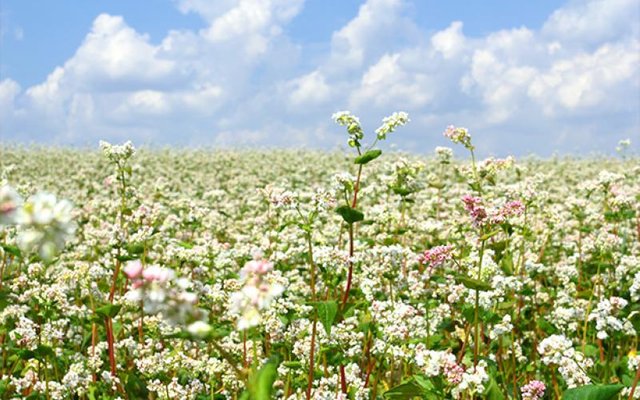
Originally from Asia, the plant used to grow mainly on the banks of the Amur River in China. It was introduced in Japan almost 3000 years ago. His journey to the West will be much later because it will be introduced in Europe in the Middle Ages following a passage through Russia where it will take considerable importance.
Originally grown in Germany, buckwheat was subsequently established throughout Europe and especially in areas where the soil was poor and acidic.
Its exceptionally short growing time (between 75 and 120 days) and its ability to adapt to wet and cold climates. It was a plant mainly used during difficult times (wars and harsh seasons).
Today, the main producing countries are China, Russia, Ukraine and Kazakhstan. It is also grown in many Asian countries on unproductive land that is unsuitable for cereals. In addition to its importance in human nutrition, buckwheat is also used to feed livestock. Finally, its bark is used to make hypoallergenic pillows.
Buckwheat, a rich composition
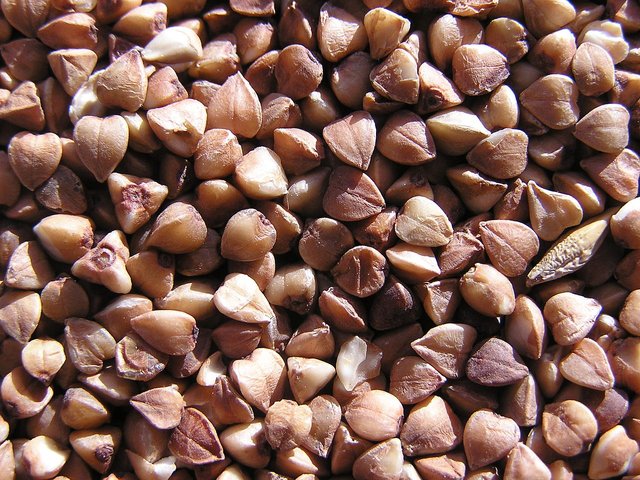
Buckwheat has three major assets: it is low in calories, easy to digest and energy. But this little seed has many properties often unknown and very interesting. Let's do a check in:
- A concentrate of proteins, vitamins and minerals
Because buckwheat contains amino acids such as lysine, it is a more complete source of protein than other grains. Note that dark buckwheat flour contains about twice as much protein as paler buckwheat flour. In addition to containing a large percentage of proteins (12%), which make it satiating, this seed is rich in vitamins B1, B2, B3 and N6, minerals (magnesium, potassium, copper, calcium, iron and phosphorus).
- A gluten-free seed
Unlike cereals like wheat, buckwheat contains no gluten, which is why it has become the king substitute for allergies or gluten intolerances.
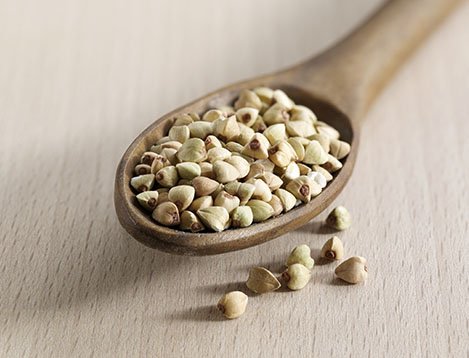
- The effects on health
Buckwheat contains rutin, a bioflavonoid known for its benefits on blood circulation, the prevention of varicose veins and heavy legs. Rutin also has anti-inflammatory effects, it is a muscle relaxant and a moderator of blood pressure. Studies show a potential protective effect of buckwheat protein on the incidence of certain cancers.
Highly satisfying and low in calories, buckwheat is recommended for people who are overweight or have cholesterol. Similarly, the fagopyritols contained in buckwheat, can reduce blood sugar in diabetic patients.
The amount of fiber in buckwheat seeds is the same as in other cereals. Nevertheless, buckwheat contains a higher proportion of soluble fiber which makes it more digestible.
How to consume it?
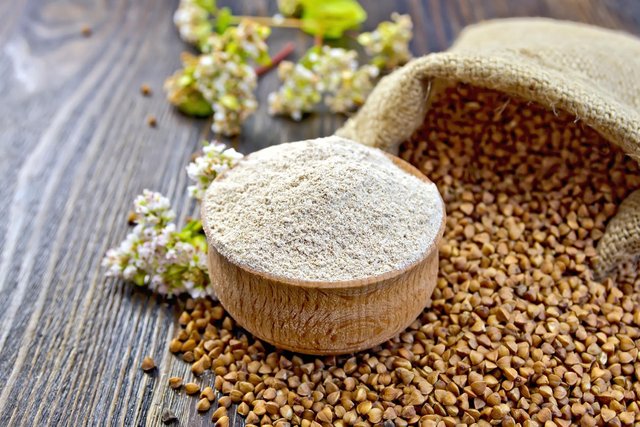
Buckwheat grains can be eaten whole, roasted or crushed. Reduced as flour, they are used in recipes for our pancakes and cakes, breads or Japanese noodles (soba). It replaces wonderfully other starchy foods, goodbye to the eternal pasta. For gluten-free people, a good solution is to replace the wheat flour with a mixture of corn flour and buckwheat for your cakes. It allows you to vary your diet, to bring him a good flavor of hazelnut.
Buckwheat cooking, preparation ideas
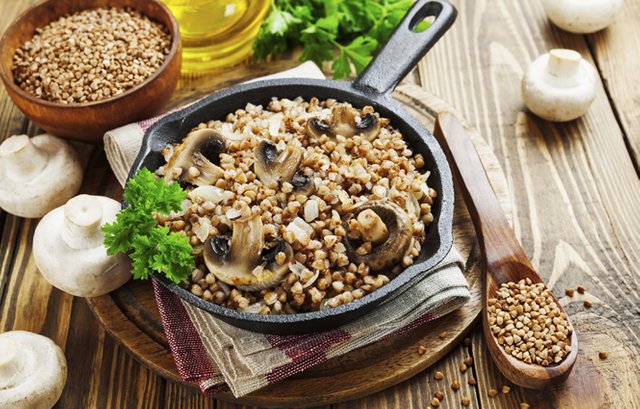
Buckwheat is found in all organic stores. It is bought in grains (plain or grilled), in flakes, or in flour.
Buckwheat is cooked in water, like rice. It cooks quickly, especially if it is grilled. Attention, overcooked, it quickly turns into puree! It is used in mixed salads, gratin or as an accompaniment to vegetable dishes, meat, fish or tofu (nature, puree, risotto ...), or in the form of vegetable cakes, associated to small vegetables.
Buckwheat flour is traditionally used to prepare the famous Breton buckwheat cakes, simply added water and cooked in the pan.
You can also add a little buckwheat flour to the wheat flour for the preparation of breads (being gluten-free, buckwheat flour -if it is not mixed with another flour containing gluten- is not bread).
In Japan, buckwheat flour is the basic ingredient of some noodles, called "soba". In Savoie, these pasta with buckwheat take the name of "crozets".
Buckwheat in the garden
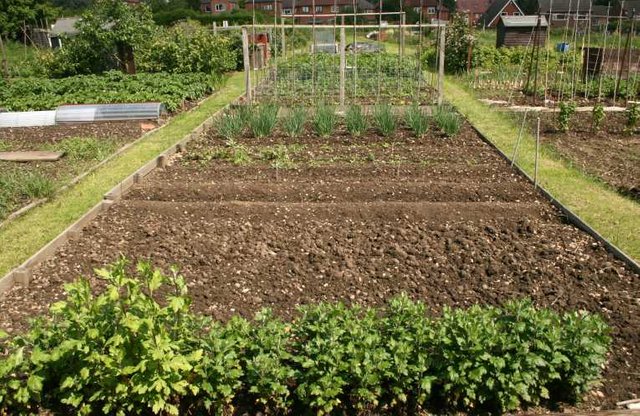
Buckwheat is also grown in the garden as a green manure: its roots open the soil and promote its aeration and penetration of rainwater, and the plant cover prevents weeds from developing. It grows in all soils, even the poorest, and its seeds make birds happy.
source: http://www.whfoods.com/genpage.php?tname=foodspice&dbid=11



@aek081969 payed 0.29 SBD to @minnowbooster to buy a stealth upvote.
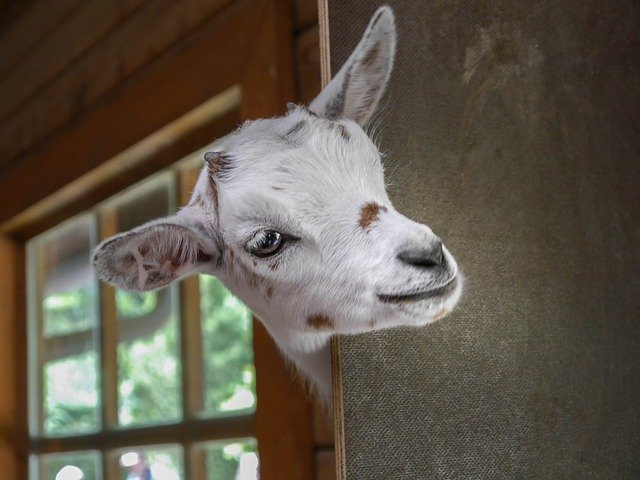
transaction-id d457165a9f513efb67aef8c272ee9d7a3426aafc
@stealthgoat
@OriginalWorks
The @OriginalWorks bot has determined this post by @aek081969 to be original material and upvoted(1.5%) it!
To call @OriginalWorks, simply reply to any post with @originalworks or !originalworks in your message!